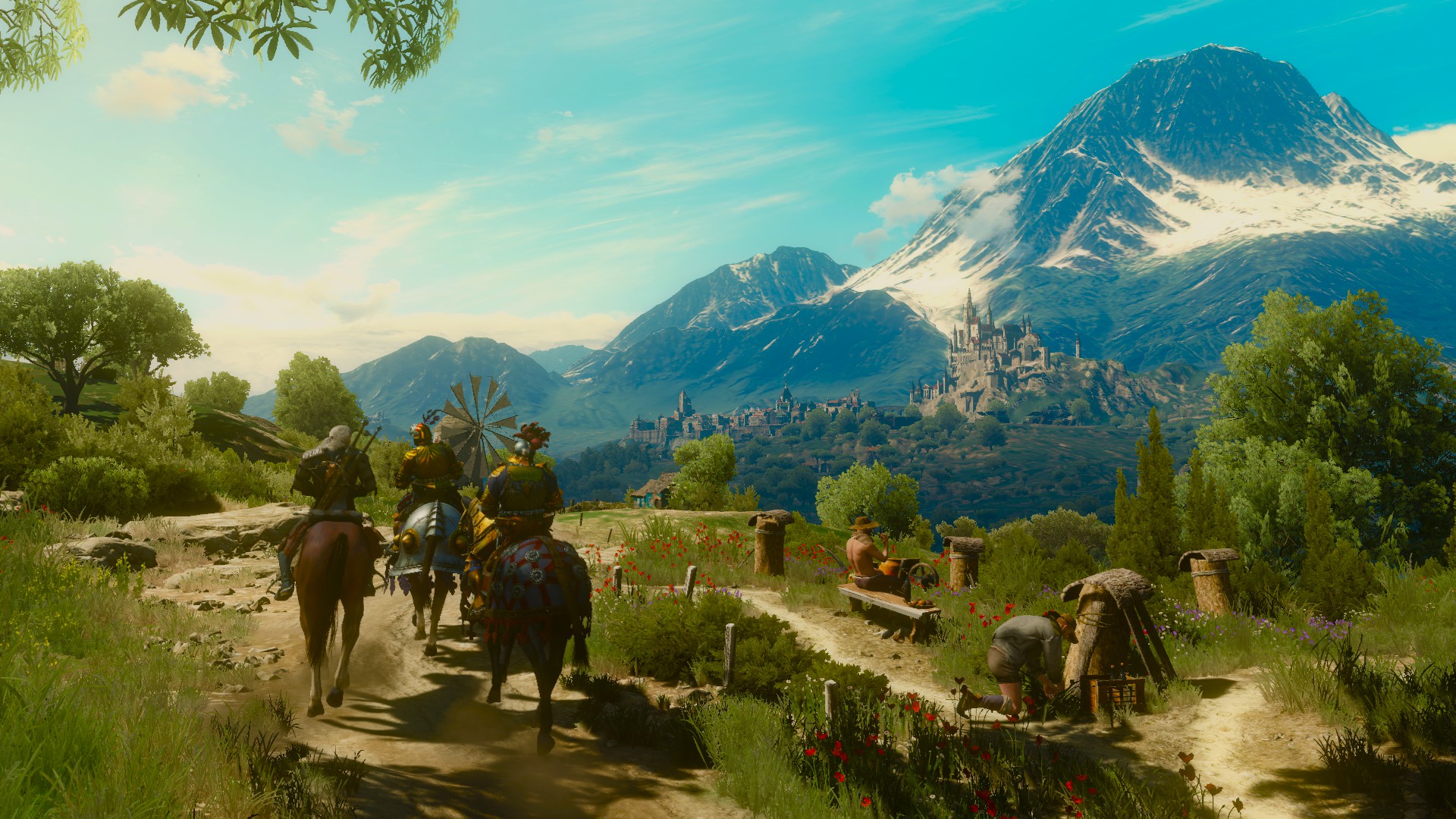Shared Roots of Narrative
Stories existed long before screens began to glow. Folktales passed from one mouth to another carried the same purpose that many modern games now hold: to engage to teach and to move people through shared imagination. A novel and a video game may look worlds apart but they spring from the same soil. Each offers characters that breathe within their worlds and conflicts that keep them alive. The page or the screen becomes a stage where choices and emotions collide.
In both mediums narrative is more than plot. It is atmosphere rhythm and the pull that drags a person into another world. A reader falls into a story much like a gamer steps into a virtual realm. Z-library works as a large digital library on many different topics which reflects the hunger for stories in countless forms. From ancient myths to role playing quests storytelling continues to adapt yet its heart stays the same.
Borrowed Tools of Immersion
Literature hands down certain tools that video games eagerly adopt. Inner monologues once used by authors to reveal hidden fears now appear as voice overs in games. Shifts in perspective once confined to the printed word appear through changing camera angles. Both media keep bending the rules to craft richer experiences. A character in a book may show a gradual fall from grace while a character in a game might face the same fate through a series of choices and consequences.
Games also lend back something to books. The sense of active pacing the immediate feedback of action and the layered structure of quests influence how modern writers shape chapters. Some authors break linear form by writing in fragments echoing the branching paths of a game. It is as if one art form has handed a mirror to the other and both enjoy trying on each other’s masks.
A few areas stand out where this exchange becomes most vivid:
- The Role of Worldbuilding
Building a believable world has always been the crown jewel of epic novels. Writers construct places with history politics and cultural codes. Video games take this tradition and turn it into lived geography. Walking through the streets of a fantasy city becomes as rich as reading its description in a thousand words. Yet the foundation comes from literary craft: knowing how details shape atmosphere. In turn games inspire writers to expand maps timelines and glossaries so that a book feels as wide as a continent. This mutual borrowing keeps worldbuilding alive and ever expanding.
- The Power of Choice
Literature often flirts with choice through “choose your own adventure” formats but video games thrive on it. Player decisions drive the plot forward and reshape endings. This spirit echoes back into novels that experiment with nonlinear paths or shifting voices. Some modern works carry multiple outcomes inviting the reader to reflect on what could have been. The constant pull between fate and freedom becomes richer thanks to this exchange. It is not about copying but about sharing a pulse of tension that keeps stories breathing.
- Emotional Depth of Characters
A novel often dives into the secret chambers of the mind. Games once thought shallow now reach for the same depth. Dialogue trees reveal hidden fears backstories stretch across expansions and emotional arcs become as layered as those in long form fiction. Literature gains from this by watching how visual cues facial expressions and silence can tell as much as words. Both mediums remind each other that a character is more than a pawn or a name. A character is a companion for the journey and sometimes a mirror.
This dance of influence continues as creators from both sides borrow steal and reshape each other’s tools.
The Bridge Between Text and Play
Z library now plays a subtle role in this conversation since it gives easy access to novels essays and critical studies that later inspire game designers and writers alike. The e library format reflects how stories shift from one medium to another without losing their spark. A designer may dive into folklore archives before sketching quests while an author may explore game narratives before drafting the first chapter of a book. The exchange thrives because the hunger for story never shrinks.
Video games and literature will keep walking side by side. Sometimes the book leads with its centuries of wisdom. Sometimes the game pulls ahead with bold experiments in immersion. Both keep trading notes like old friends on a long road. Storytelling in all its forms remains a shared language that never stops growing.











![[Rumor] PlayStation 6 to have a detachable disc drive at launch](https://vgleaks.com/wp-content/uploads/2025/09/PS6-150x150.jpg)
